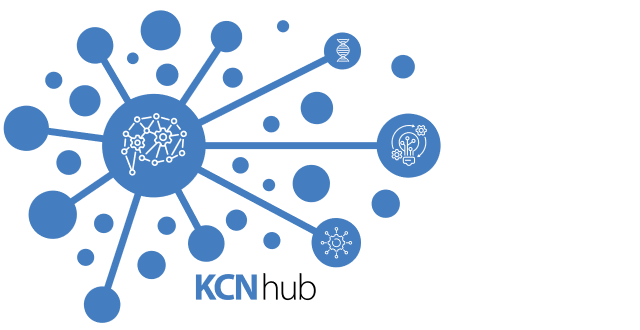Internal KCN: Tip of the SPEAR: Measuring mnemonic theta rhythms in brain and behavior
Tip of the SPEAR: Measuring mnemonic theta rhythms in brain and behavior
Thomas M. Biba1,2
1 Department of Psychology, University of Toronto, Toronto, ON
2 Krembil Brain Institute, University Health Network, Toronto, ON
Episodic memory formation has long been hypothesized to occur at specific phases of hippocampal theta oscillations (3-10 Hz), a prediction proposed by the SPEAR model (Separate Phases for Encoding and Retrieval: Hasselmo et al., 2002). While synaptic plasticity, neural inhibition and synaptic communication in hippocampus vary along with theta phase, behavioral evidence for the prediction that memory formation should fluctuate at a theta rhythm has remained elusive. My work utilizes a dense sampling approach, to measure people’s ability to form memories at a sub-second level, revealing episodic memory formation is theta-rhythmic (Biba et al., 2024). This approach leverages the finding that attention grabbing cues reset neural oscillations, synchronizing the timing of oscillation cycles relative to cue onset across trials. By varying the stimulus onset synchrony (SOA) between a cue and object image (33 ms increments; 200-1100 ms) during encoding, I evaluate rhythms in memory formation by constructing a time-course of subsequent associative memory as a function of the encoding SOA. Signal processing analysis of associative memory behavioral time-courses reveals memory formation fluctuates at theta (~7 Hz). In my ongoing work, I utilize intra-cranial EEG recordings in medically refractory epilepsy patients (n=14), to test if hippocampal theta phase predicts rhythmic memory formation. Further, I will leverage single unit recordings from Behnke-Fried electrodes to test if neuronal inhibition and co-firing – a putative marker of synaptic plasticity - fluctuate along with behavioral and neural theta phase. Together, this paradigm provides behavioral evidence for the SPEAR model, and a format to further elucidate its behavioral implications. Further, by leveraging neuronal recordings from human hippocampus, I bridge across species and scales to jointly test behavioral and neurophysiological predictions from the SPEAR model in humans.
